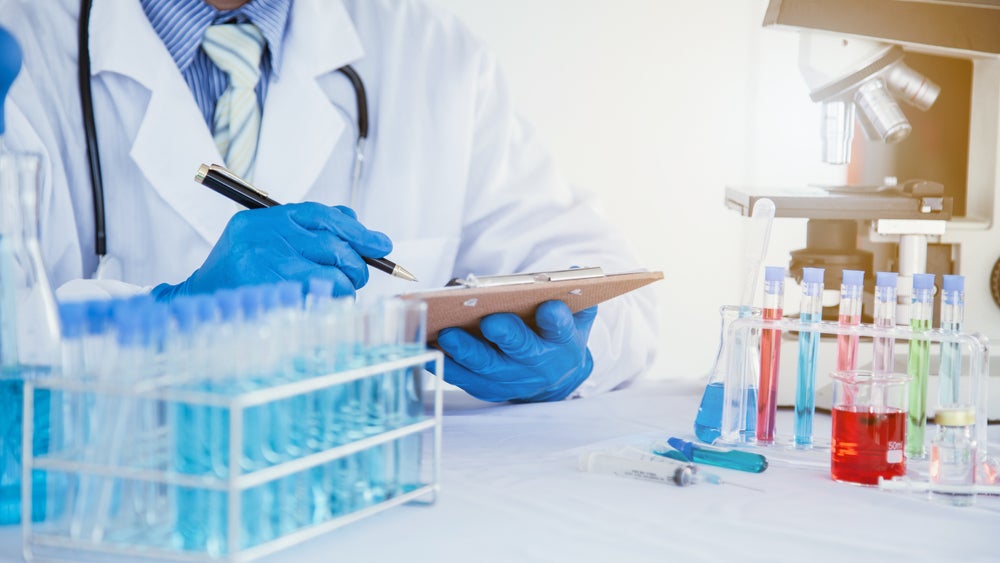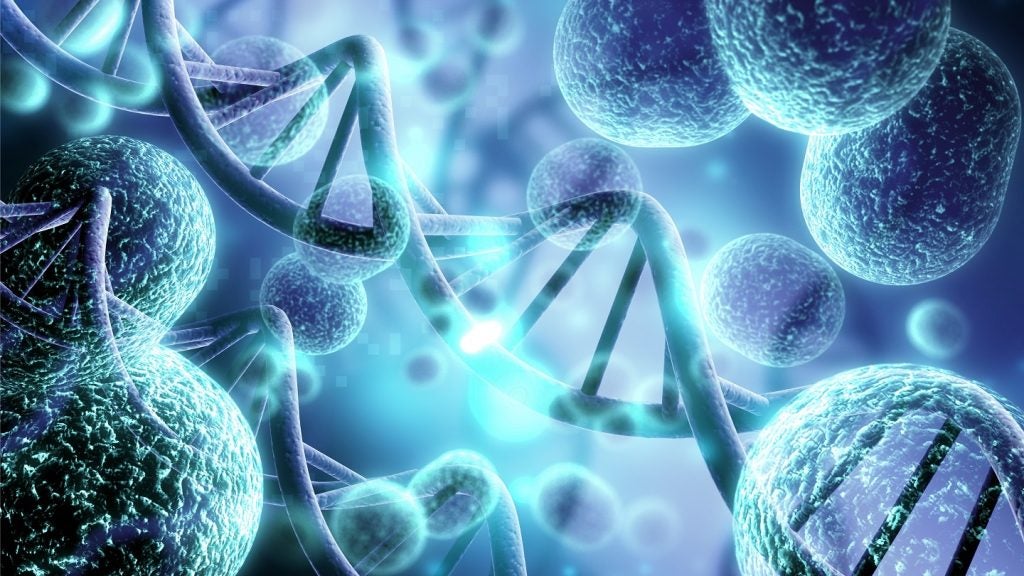Scientists at the University of California, Berkeley, have engineered a new way to deliver CRISPR gene-editing technology inside cells, and have demonstrated in mice that it can repair the faulty gene mutation that causes the severe muscle-wasting disease Duchenne muscular dystrophy.
The new study shows that a single injection of CRISPR-Gold, as the new delivery system is called, into mice with Duchenne muscular dystrophy led to an 18-times-higher correction rate, and doubled performance in strength and agility tests.
The Midas touch
CRISPR can correct gene mutations by cutting the mutated DNA and triggering DNA repair.
However, until now applications for the technology have been limited by the challenges of delivery – namely, how to get all the CRISPR parts to every cell that needs them.
The most common technique has been to use viruses, but this has a number of complications.
CRISPR-Gold uses gold nanoparticles to encapsulate all of the elements needed for CRISPR gene-editing enabling direct delivery to cells, without the need of viruses.2
How well do you really know your competitors?
Access the most comprehensive Company Profiles on the market, powered by GlobalData. Save hours of research. Gain competitive edge.

Thank you!
Your download email will arrive shortly
Not ready to buy yet? Download a free sample
We are confident about the unique quality of our Company Profiles. However, we want you to make the most beneficial decision for your business, so we offer a free sample that you can download by submitting the below form
By GlobalDataGold might seem like an unusual choice, but the gold nanoparticles possess a special ability to penetrate cell membranes, and are generally well tolerated by the human body, with the advantage of linking easily to DNA.
Race for the cure
One of the major benefits of gene editing is that its effects are permanent, and researchers anticipate that a patient with Duchenne muscular dystrophy could be treated for life after just a few injections with CRIPR-Gold.
Developing a cure for genetic diseases remains a huge challenge in medicine.
This is because most of these diseases can only be cured if the disease-causing gene mutation is reverted back to the normal sequence – an impossible task for traditional therapies.
Clinical trials in humans are now needed to truly test the effectiveness of CRISPR-Gold, but these initial results are extremely promising, and provide fresh hope for a cure to many genetic diseases.







